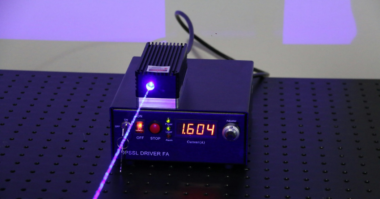Most machines that require alignment are connected by flexible couplings. But what isn’t always apparent is the degree of flexibility the coupling has. At or near zero misalignment, it really doesn’t matter how flexible or how stiff the coupling is. But as the amount of “as left” misalignment increases, the importance of a coupling’s flexibility becomes very important.
A few years ago, during an alignment training class, I was asked to check the alignment of a 250 hp motor, coupled to an overhung pump. This pump had experienced numerous seal failures, usually with 6 months after seal replacement. Each time the seal was replaced, the mechanics would simply move the motor, replace the seal, and add the shims back under the motor feet. They would then laser align the machine components.
When I checked the alignment, it was slightly out of tolerance (about 6.5 mils). We removed the coupling elements, and could see that the shafts were visibly misaligned.
Was the laser wrong? No. Since misalignment was visible by eye, we knew the alignment was out. The problem was this-when the mechanics would re-install the coupling elements, they would use a line-up bar to align the bolt holes to bolt the coupling elements to the flanges. The pump in question has a fairly large shaft in the pump, but it was reduced to a smaller diameter on the coupling end.
“Forcing” the coupling elements to line up to the holes was causing the pump shaft to deflect, or bend, to accommodate assembling the coupling. You can’t measure for misalignment (with the coupling assembled) when one or both shafts are being “bent” to conform to the coupling.
The motor was so far out, we had to reposition the motor properly, mark new holes, and drill and tap them. The unit was then laser aligned. Only then were the coupling elements installed.
The pump ran with a much lower vibration, and I suspect is probably still running with the same seal.
Three “takeaways” from this story. Roughing in with a straightedge is always a good idea. Be mindful that flexible couplings are not infinitely flexible. And when in doubt, perform the alignment uncoupled.




Please give me crank shaft deflection alignment with graph notify example also with pleasure thanking you